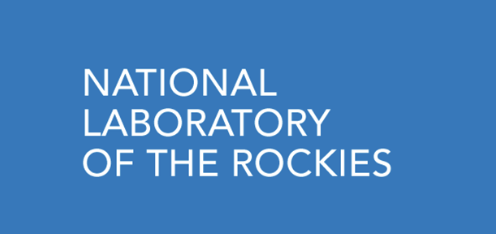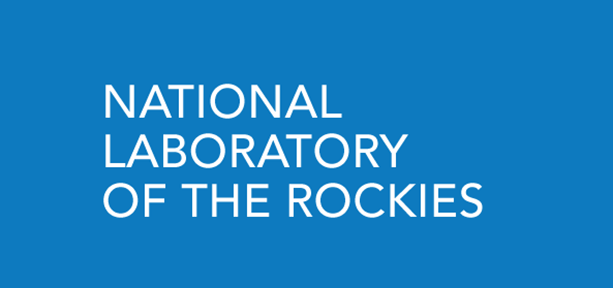Biospatial water footprint model (BioSpatialH2O)

Abstract:
The BioSpatial H2O model uses system dynamics to model the water footprint (blue and green), in response to biofuel demand for feedstock, at a high temporal and spatial resolution by using a rich spatial database composed of detailed climate, soil and plant physiological data. Understanding water consumption of multiple bioenergy feedstocks is important for determining the impacts of expansionary bioenergy has on water resources. As water is diverted to production of biofuel feedstocks, the water availability for food, feed, and fiber production could decrease. The underlying set of equations that we use in our model are based on the Food
and Agriculture Organization’s Penman–Monteith method, a well-established crop evapotranspiration model using plant physiology, soil data, and climate data to calculate irrigation requirements. The water footprinting model currently uses Cligen for climatic conditions and STATSGO2 for soil conditions, and National Agricultural Statistics Service crop planting and harvesting data. Cligen is stochastic climate data simulator that generates daily estimates of precipitation, temperature, dew point, wind, and solar radiation. Cligen uses monthly parameters (e.g., mean, SD, skew) derived from historic measurements to create daily climate estimates.
Model/Tool Platform:
Stella
General Modeling Type:
Dynamic (with feedbacks)
Primary analytical purpose:
Bio-physical assessments:
Assessment of potential feedstock resources based on the bio-physical properties of the feedstock/landscape and/or technical assessment of resources based on supply chains can access.
Secondary analytical purpose:
Environmental:
Analysis of the environmental effects of bioenergy and bioproduct technologies or feedstocks.
Metric categories:
- Environmental:
- Water Impacts (quality and/or quantity)
Geospatial resolution:
County
Temporal resolution:
Years
Laboratory:
NLR - National Laboratory of the Rockies
Principal investigator:
Daniel Inman
Model start year:
2013
Model last updated:
2016
Development status:
Fully Developed - no new updates planned
Level of validation/review:
External Peer Review / Publicly Released
Links:
Model scope:
Biomass Supply
Feedstock Logistics
Conversion
Distribution
End Use
- Feedstock Types
- Starch
- Sugar Crops
- Oil Crops
- Fiber Crops
- Cover Crops and Hay
- Agricultural Residues
- Herbaceous Energy Crops
- Forest Residues
- Forest Resources
- Woody Energy Crops
1
2
3
4
Analytical Purpose
Supply Chain Elements
Biomass Supply
Feedstock Logistics
Conversion
Distribution
End Use
Information last updated: Mar. 25, 2020 17:24:16 EDT
